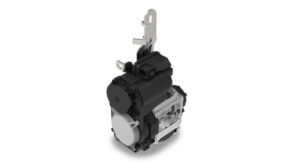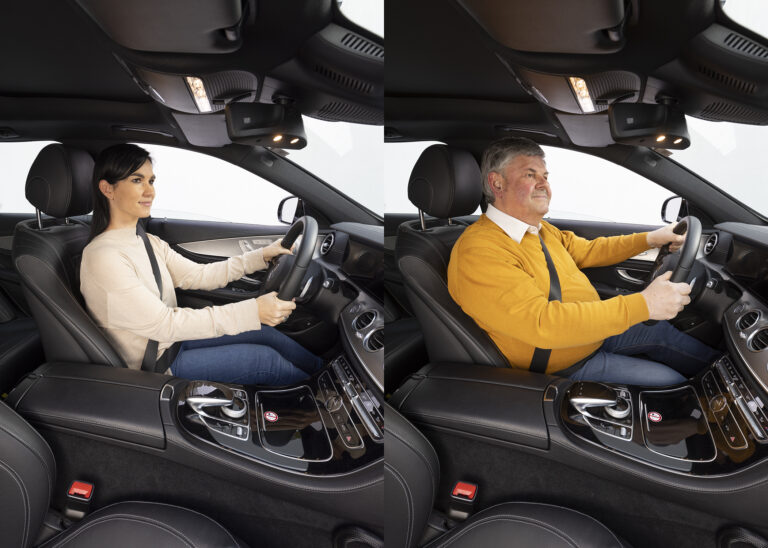A new seatbelt system featuring multi-stage load limiter (MSLL) has been introduced by ZF Passive Safety Systems. The aim is to improve the adaptation of the belt force limitation to the size and weight of the vehicle occupants.
The MSLL is designed to expedite individual system adjustments and thus reduce the consequences of accidents and enable car manufacturers to meet the strict requirements of the NCAP Vision 2030.

Currently, restraint systems intervene in accidents at an early stage – the belt tightens around the body before the collision to reduce belt slack and decelerate impact. Many seatbelt systems already have a two-stage controllable load limiter.
The new MSLL is designed to better adapt to a variety of restraining forces over the course of a crash.
The company says that, looking ahead, the search for more variability in belt forces will lead to sensory interior monitoring – with the aim of recognizing occupants’ positions, adapting belt forces individually based on the severity of the collision.
According to ZF, using interior cameras, sensors in the belt and data from active safety systems outside the vehicle, the MSLL can offer customized protection for various scenarios. For example, for smaller individuals such as children, customized protection for moderate accidents can be applied for impact speeds of up to 35km/h.
Similarly, older people, who have a higher risk of injury due to age-related changed bone structure, would also benefit from customized specifications, says ZF.
“The demands on the adaptivity of safety systems are increasing – both in the expectations of end customers and in the NCAP test criteria,” said Rudolf Stark, head of ZF’s passive safety technology division.
“Our new belt system makes it easier for vehicle manufacturers to meet the increased requirements and specifically reduces the consequences of accidents by adapting even better to the occupant.”


